Figuring out who to hire for your firm is one thing, but making sure they want to stay is another. This week, we asked three designers—Becky Asleson, Christi Barbour and Cheryl Kees Clendenon—how they pay their employees and foster an inviting company culture.
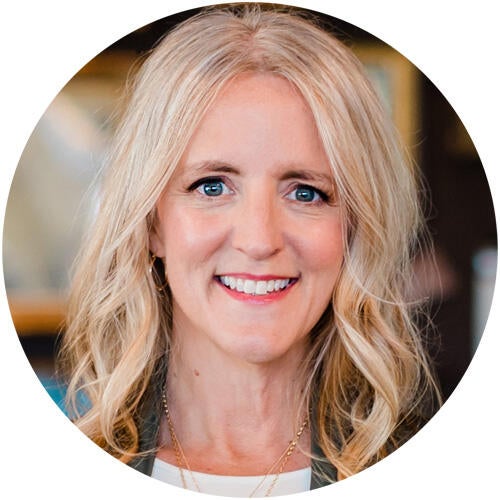
COLLABORATIVE CULTURE
“In today’s competitive landscape, attracting and retaining top talent can be particularly challenging for companies in small markets like ours. To stand out, we must go beyond traditional recruitment strategies and embrace a holistic approach grounded in our core values. By prioritizing kindness, support and professional development, we create an environment where talent thrives. Our hiring process focuses on identifying candidates who align with our core values: We believe that a shared vision fosters collaboration and enhances team dynamics. By attracting individuals who resonate with our vision, we ensure that our team is not just skilled but also passionate about what they do. This alignment fosters a sense of belonging and commitment, essential for long-term retention.
“A culture of kindness is fundamental to our work environment. We actively promote kindness, encouraging employees to support one another. This culture is not just about friendliness; it’s about creating a safe space for open dialogue, where team members feel valued and empowered. We invest in professional development programs that equip our team with the tools they need to grow, both personally and professionally. By offering mentorship, training and opportunities for development, we demonstrate our commitment to their personal success. Recognizing the importance of work-life rhythm, we have an open paid time off policy that allows employees to take the time they need to be their best selves. This flexibility shows that we trust our team members to manage their time responsibly, ultimately leading to increased productivity and job satisfaction. Furthermore, our flexible work schedule accommodates diverse needs, enabling our employees to maintain harmony between their personal and professional lives.
“Our office space was designed by the people who work there, and is intentionally designed to reflect our values. Collaborative areas foster teamwork, while quiet spaces allow for focused work. We’ve integrated elements that promote well-being, such as natural light, greenery and comfortable lounges to create an inviting atmosphere. This thoughtful design not only enhances productivity but also embodies the kindness and support we strive for in our culture. By hiring based on our core values and fostering a supportive, flexible environment, we position ourselves as an employer of choice in our small market. Together, we can build a thriving community that attracts and retains exceptional talent, ensuring our continued success.” —Christi Barbour, Barbour Spangle Design, High Point, North Carolina

SMART RESTRUCTURE
“I am not a classically trained interior designer, I have never worked for another firm, and I had absolutely zero experience when I decided to start Maple & White Design in 2013. When I hired my first designer, she was a part-time 1099 subcontractor; I paid her hourly and she found her own clients under the Maple & White brand using the infrastructure I had set in place. I kept only 15 percent of the profit she generated. As the business grew and I hired more part-time subcontractors, I kept using the same model. The designers I brought on were performing well and were generously compensated. The firm’s revenue was growing but the profit was stagnant.
“After being in business for over six years, I began to suspect that I had not structured my design firm in the most profitable way. After hearing Gail Doby and Erin Weir speak at High Point Market in 2021, I knew I needed help. Thankfully, the Pearl Collective knew how to help me move away from a commission structure that was eroding the profit in my firm, and they encouraged me to hire full-time employees. I now employ three full-time designers and instead of using a commission structure, I am proud to offer them health and dental benefits, paid vacation, and a matching IRA. I also set up a bonus structure based on the gross margin at the end of a project. These changes have helped me retain the talented team I already have in place—and hopefully will help attract skilled employees when I am ready to hire again. My net income more than doubled in less than 10 months after restructuring. Because of the changes they helped me make, my employees are happy, engaged and fairly compensated, and I no longer worry about staying in business.” —Becky Asleson, Maple & White Design, South Bend, Indiana
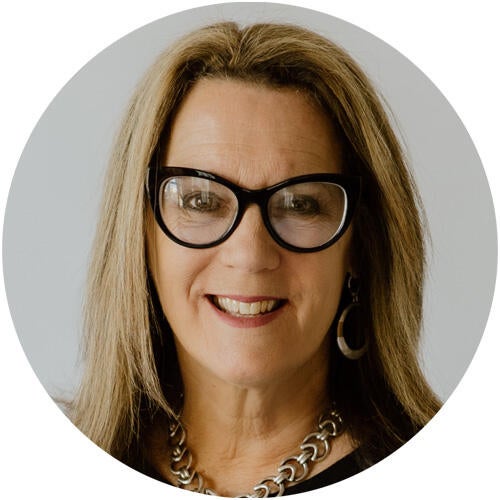
PROFIT PROJECTIONS
“Having a firm of seven means planning out profit projection goals is a must. I need to be able to sleep at night and not worry about making payroll! Ten years ago, we pioneered a detailed business model based on project pricing that changed the trajectory of our revenue forecasting and ensured continued business growth—and, even better, predictable compensation. This means we charge specific, scope-dependent, project-based design fees—we rarely work hourly, other than for project management. The project price includes a design fee commensurate with the value we deliver, along with a contractual minimum expenditure on product sales.
“Any firm must make an overall profit above and beyond salaries and expenses if growth is the goal. Twice a year, I look at the capacity of our ‘engine’ to produce the revenue. This means allocating the energy we individually need to devote to each component of the business. Consider it a time budget of sorts, so that everyone understands where their contribution priorities need to be. Once I know the makeup of our planned capacity, I can add a percentage for the net profit I want to make over and above my salary and a capital investment percentage for the firm’s growth. (Think: higher team salaries, building improvements and new hires.) With this profit goal, we are able to back into how many projects we need, at what level of fees and contract expenditure, and know we have the capacity to meet the client needs.
“Our firm is an S corp based in a smaller city, and we have been insanely profitable targeting middle-market clients. We have four people on the design team, an office manager, a retail designer and a special projects director—team members that are both hourly and salaried. I pay myself up to FICA limits, and the rest of my compensation comes from net profits at the end of the year. Team incentives are an important part of our culture, and we do this based on various metrics, from getting client reviews to meeting revenue goals individually and as a team. At the end of the year, I determine the bonus pool relative to our overall profit performance, and everyone shares in this pool based on their length of service.” —Cheryl Kees Clendenon, In Detail Design Collective, Pensacola, Florida
These excerpts were originally published in the 2024 Interior Design Business Survey report, produced by Pearl Collective and Interior Talent in collaboration with Business of Home. Download the full report for more insights on the state of the industry.



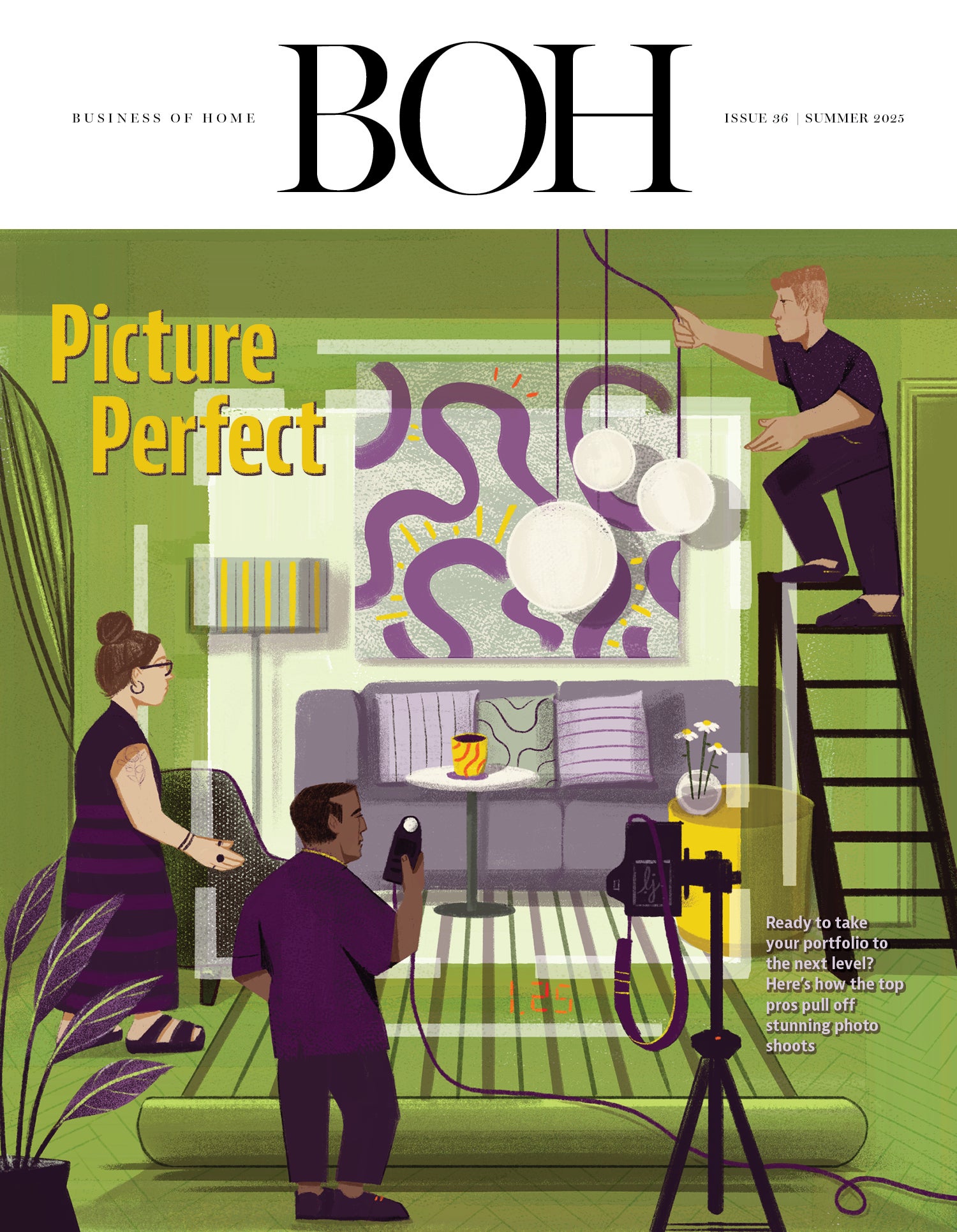
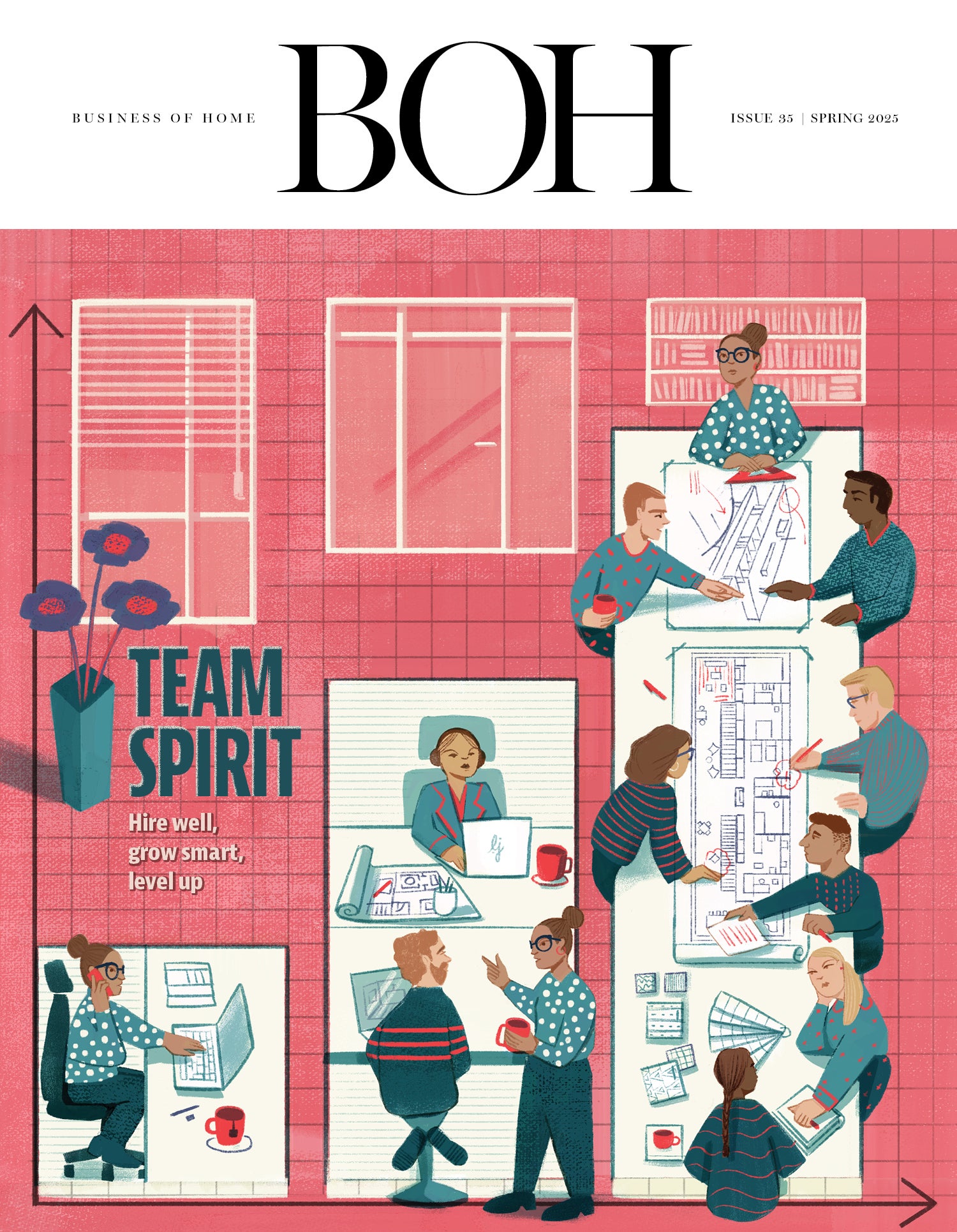
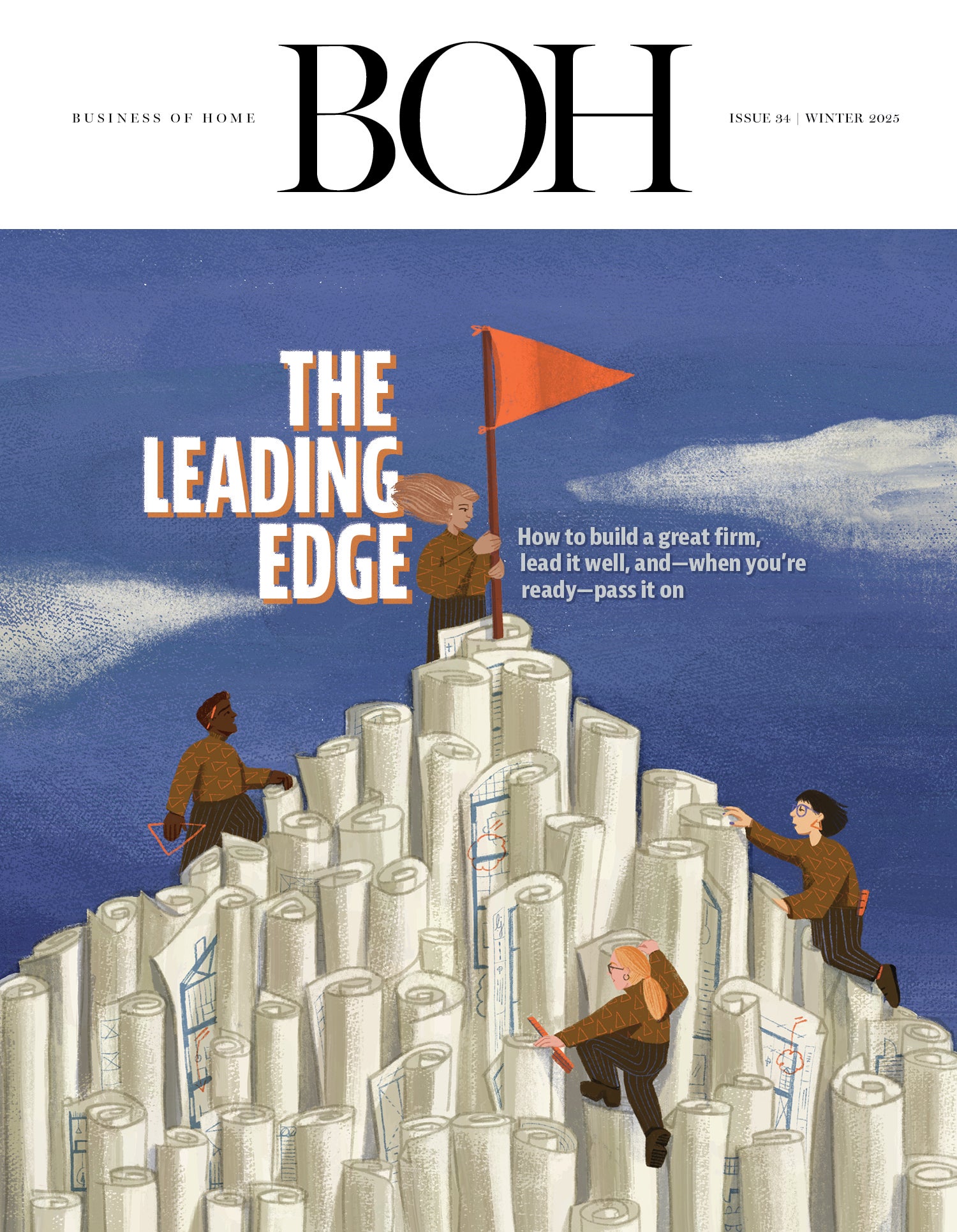
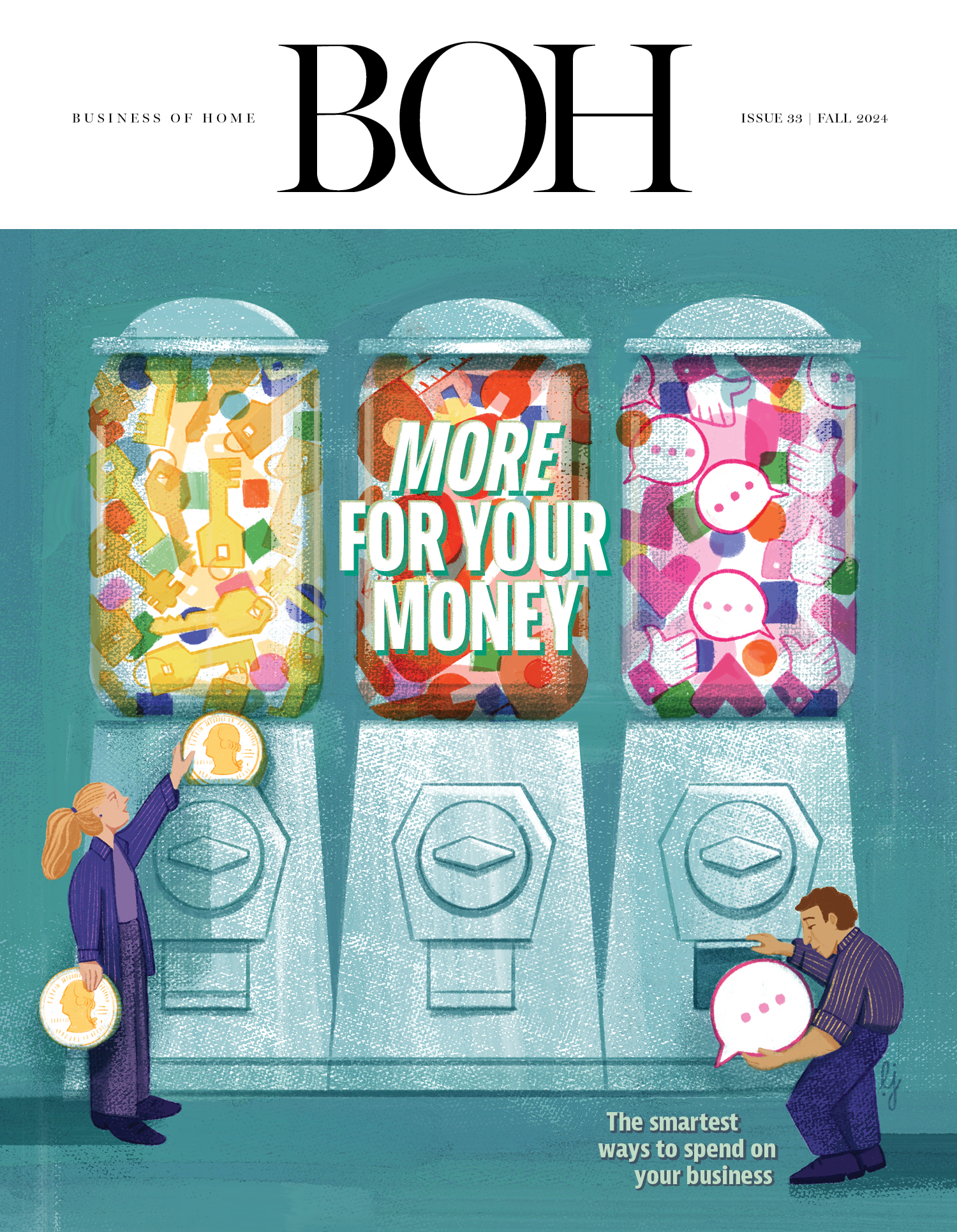
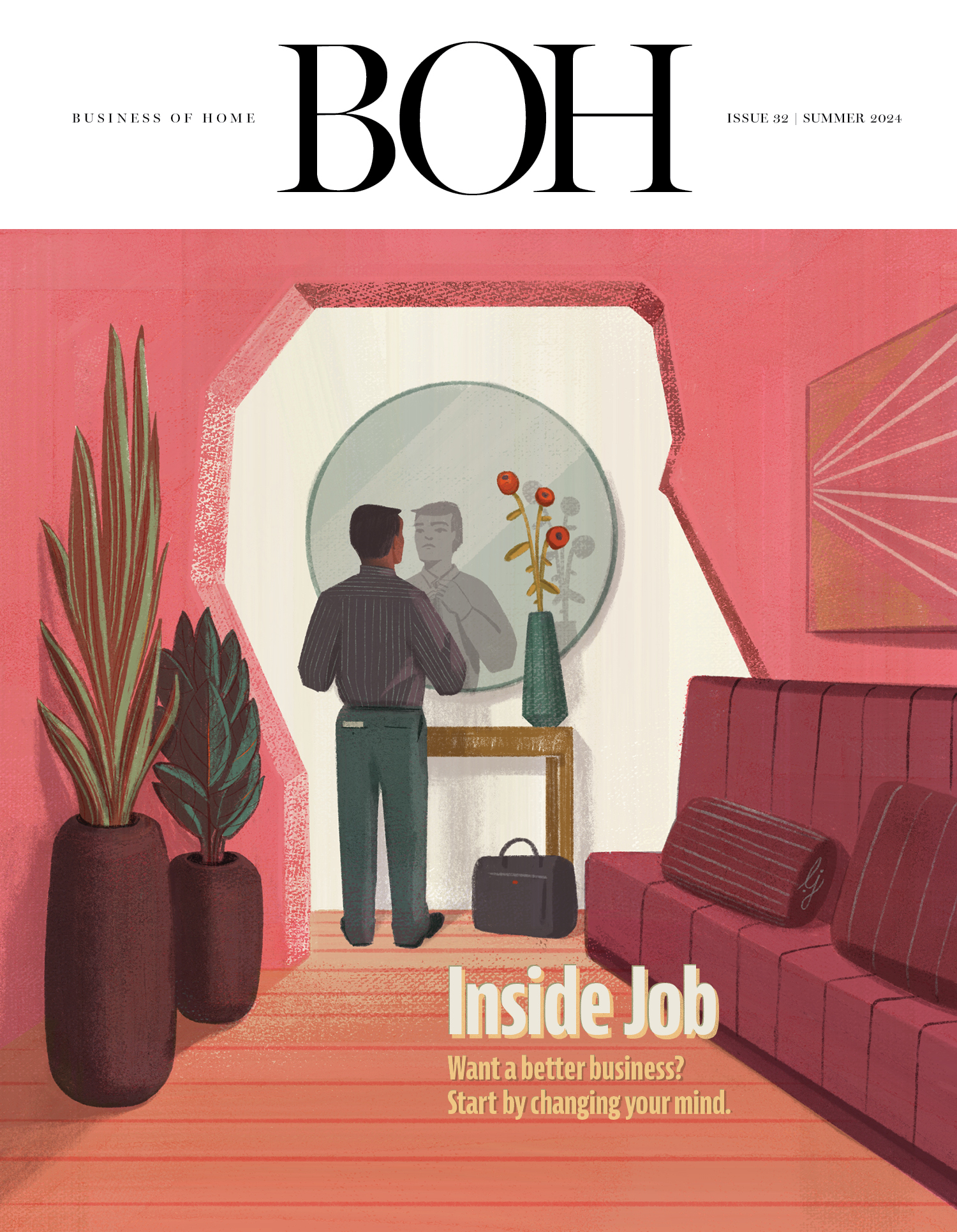
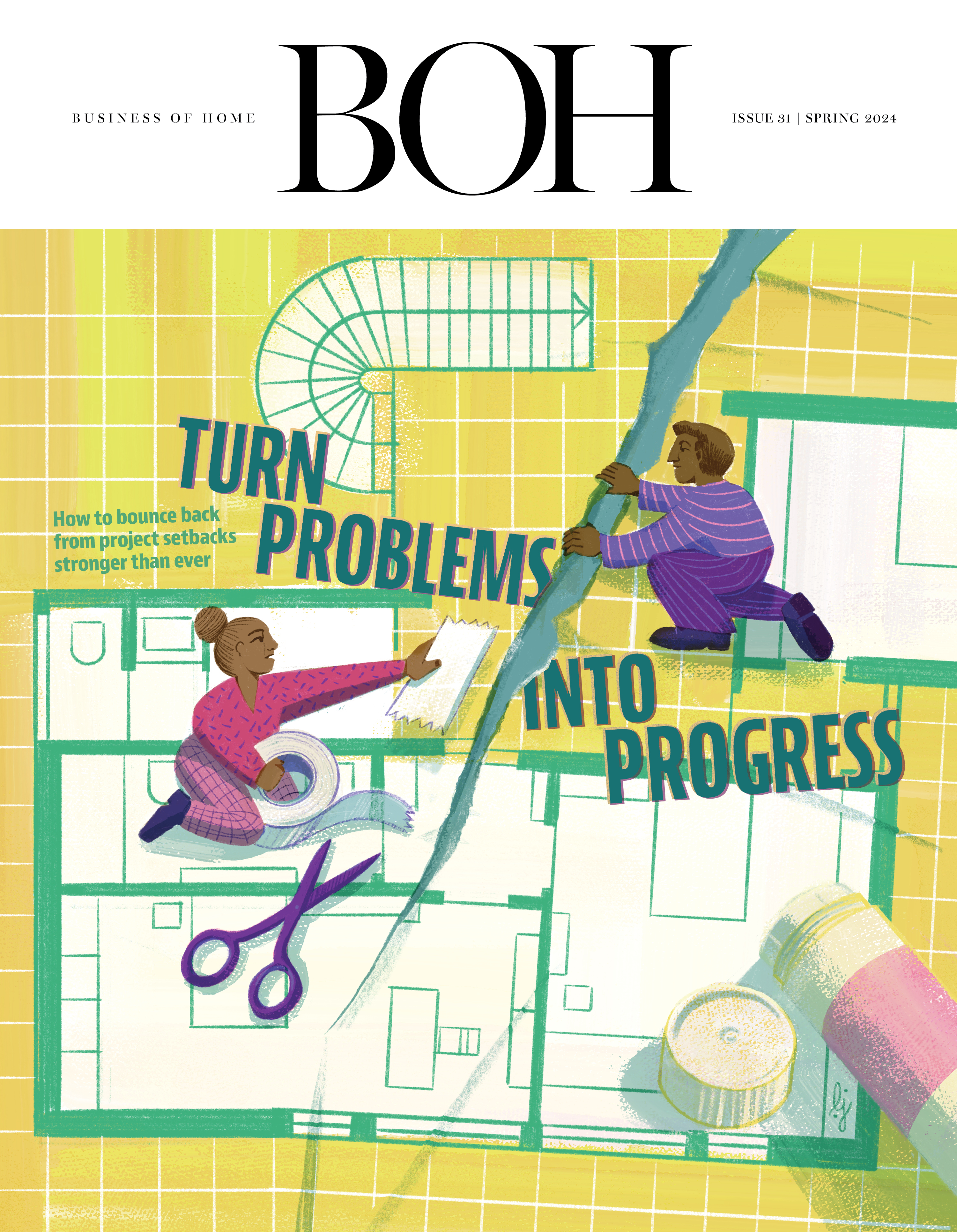
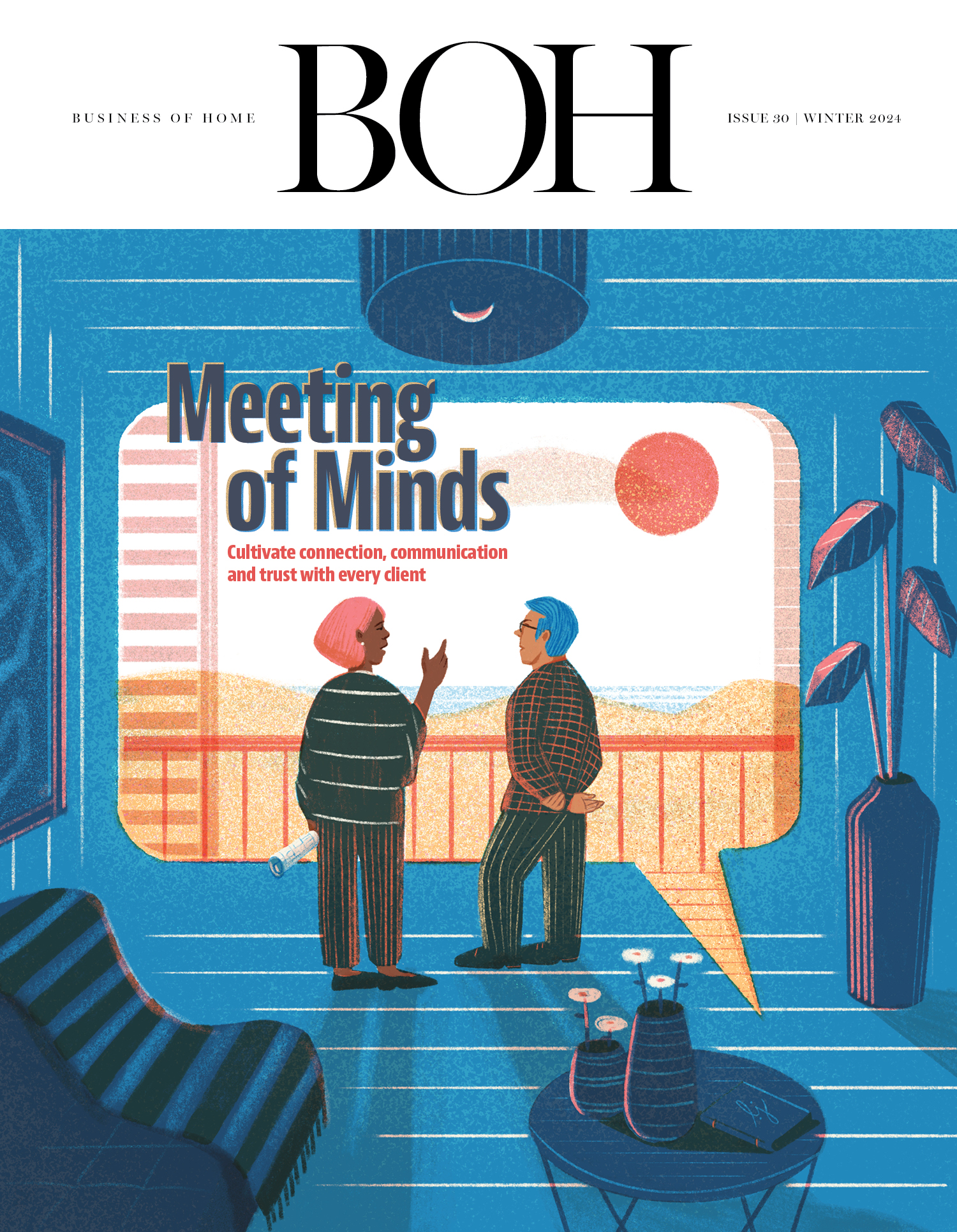

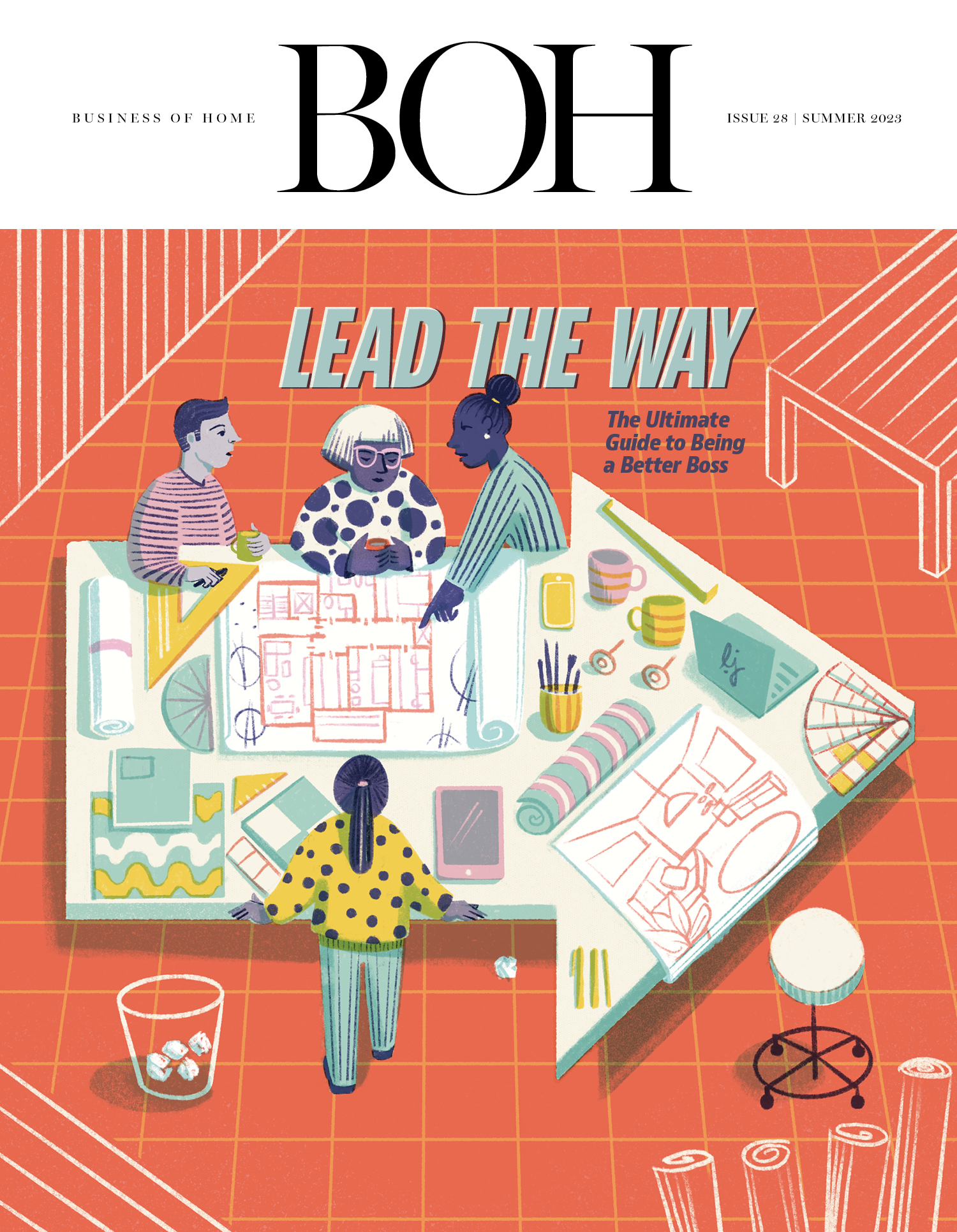
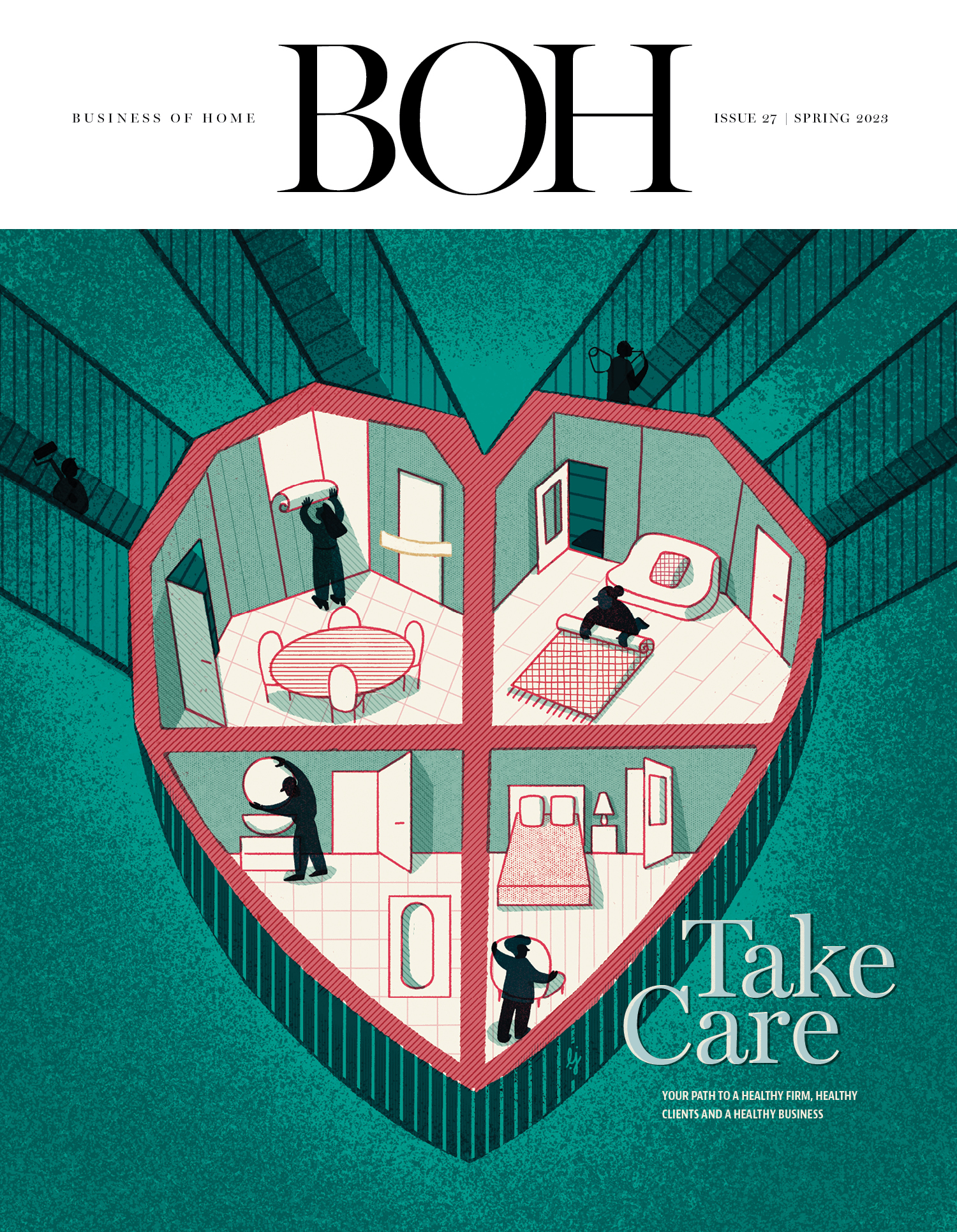
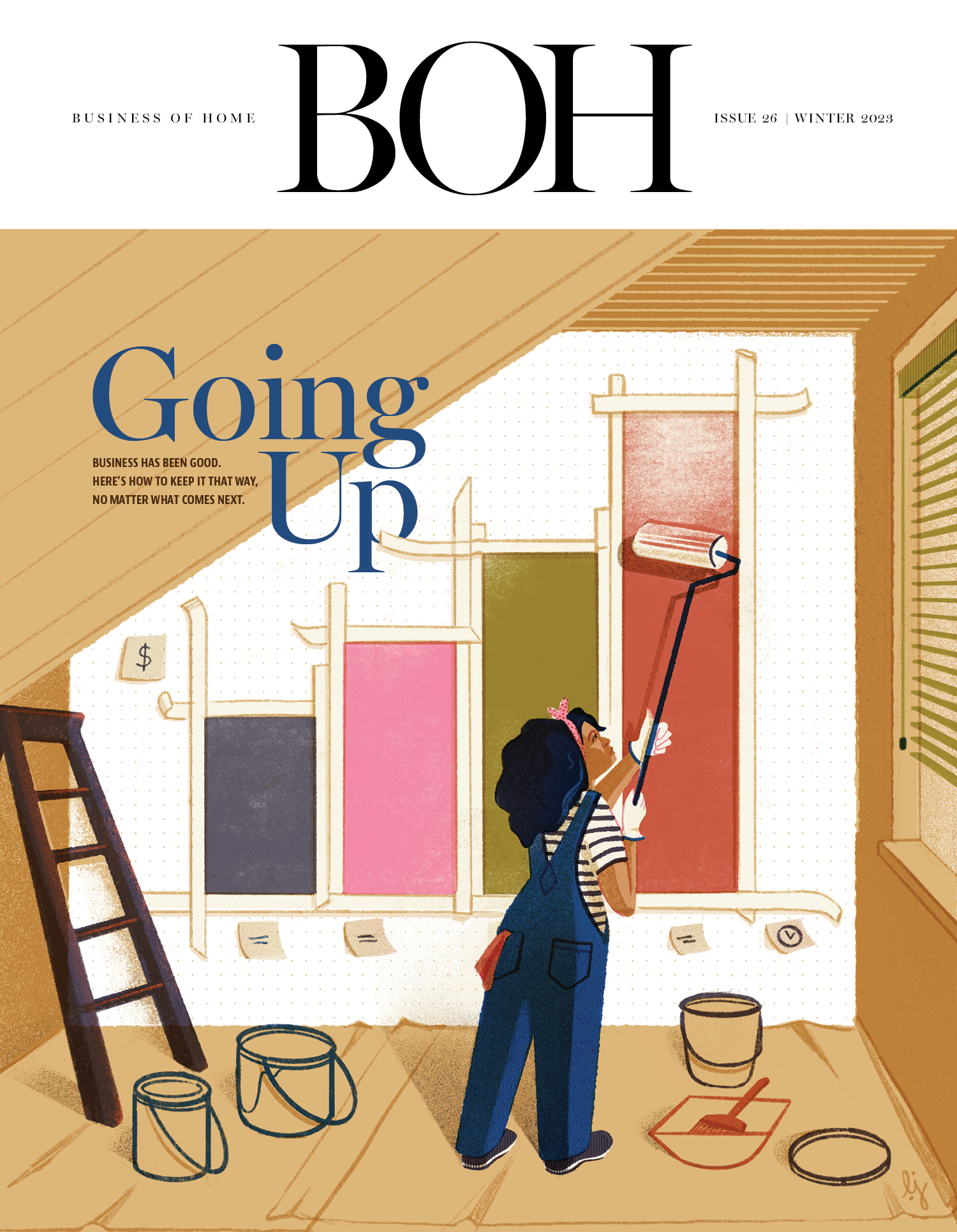
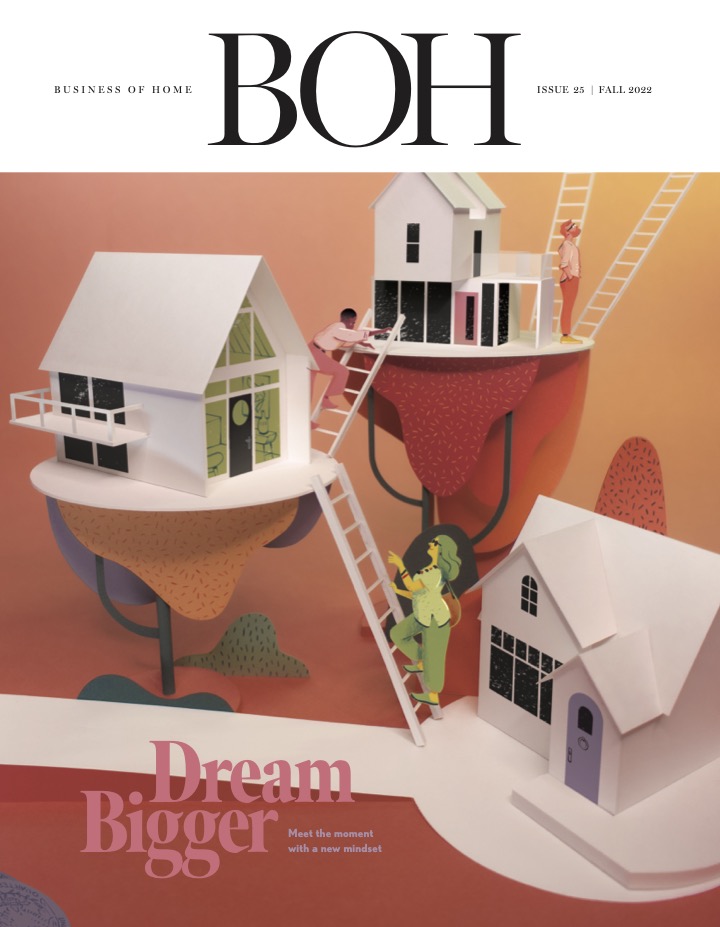
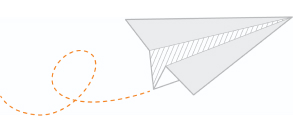





.jpg?1756475136)







